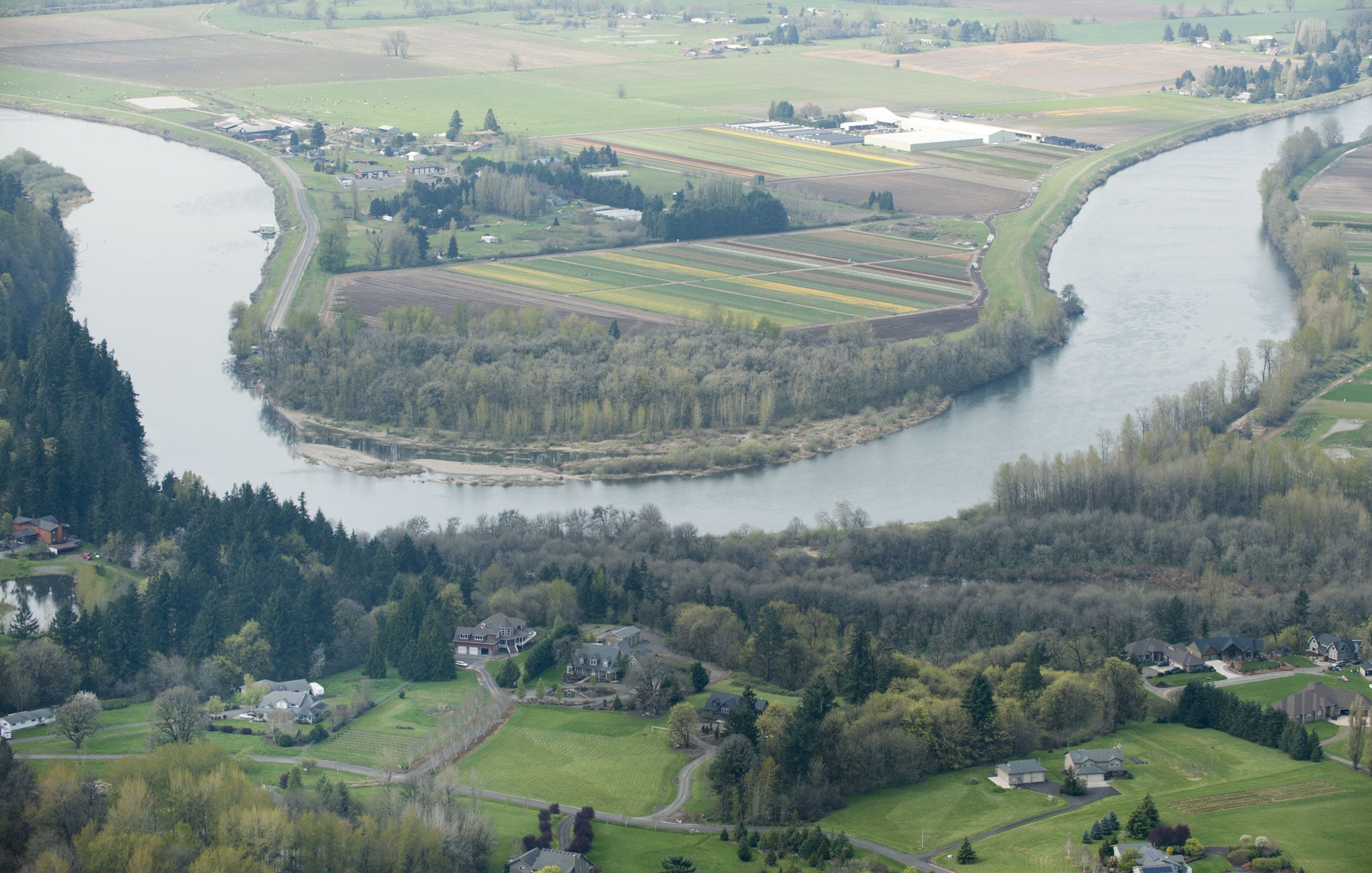PacifiCorp, which has more than 130,000 customers in Washington, will spend more than $20 million on habitat improvement for salmon and steelhead in the Lewis River watershed.
A preliminary decision from the National Marine Fisheries Service and U.S. Fish and Wildlife Service directs the Portland-based utility to develop habitat improvements in the river instead of additional fish passage facilities into Merwin Reservoir, according to PacifiCorp.
Regulatory agencies will still review and approve plans ahead of their implementation, and the agencies will also consider whether to require additional fish passage facilities into Yale Reservoir later.
“These decisions, which are based on extensive scientific studies, will have significant and long-lasting benefits for salmon and steelhead that call the Lewis River drainage home,” said Mark Sturtevant, managing director of PacifiCorp Renewable Resources, in a news release. “Conserving fish habitat and enhancing fish populations in the Pacific Northwest is important to our communities. Our mission is to conserve this fish habitat and enhance salmon and steelhead populations while producing the low-cost, emission-free electricity our customers count on and care about.”
In the late 1990s, the original licenses from the Federal Energy Regulatory Commission for PacifiCorp’s dams in the North Fork of the Lewis River started to expire, said Todd Olson, director of compliance at PacifiCorp.
The power company and various stakeholders, including tribal groups, local governments and state agencies, put together a settlement agreement in 2004, he said.
That agreement calls for stream flow minimums, habitat improvements and opening up 170 miles of river habitat closed to migrating fish, according to PacifiCorp, along with other measures.
Part of that work has included trucking live fish between reservoirs to help them make the trip up and down the river.
In 2008, the The Federal Energy Regulatory Commission issued a new, 50-year license to the company to operate its North Fork dams.
Fish have been reintroduced above the upper dam beginning with adult transport in 2012 and juvenile collection in 2013.
Olson said the settlement led to new research on the river’s fish populations, and, ultimately, last week’s developments.
Part of the issue, he explained, is finding the most effective means to get the most fish through the river.
“Do you hop on a plane, say, Alaska (Airlines), and fly directly from here to the East Coast, or do you hop on Southwest and go from here to Salt Lake to Chicago to Boston?” he said. “It comes down to the habitat and fish production you might get out of those two reservoirs.”
PacifiCorp said habitat improvements will include projects such as creating and improving spawning beds, creating refuge for juvenile fish to grow and mature, and improving and protecting riparian areas, which generate food and provide shade.
Next, the company will develop a plan for habitat improvements for regulatory review. Afterwards, PacifiCorp will establish a process to involve stakeholders to find and choose projects, in conjunction with federal agencies.




